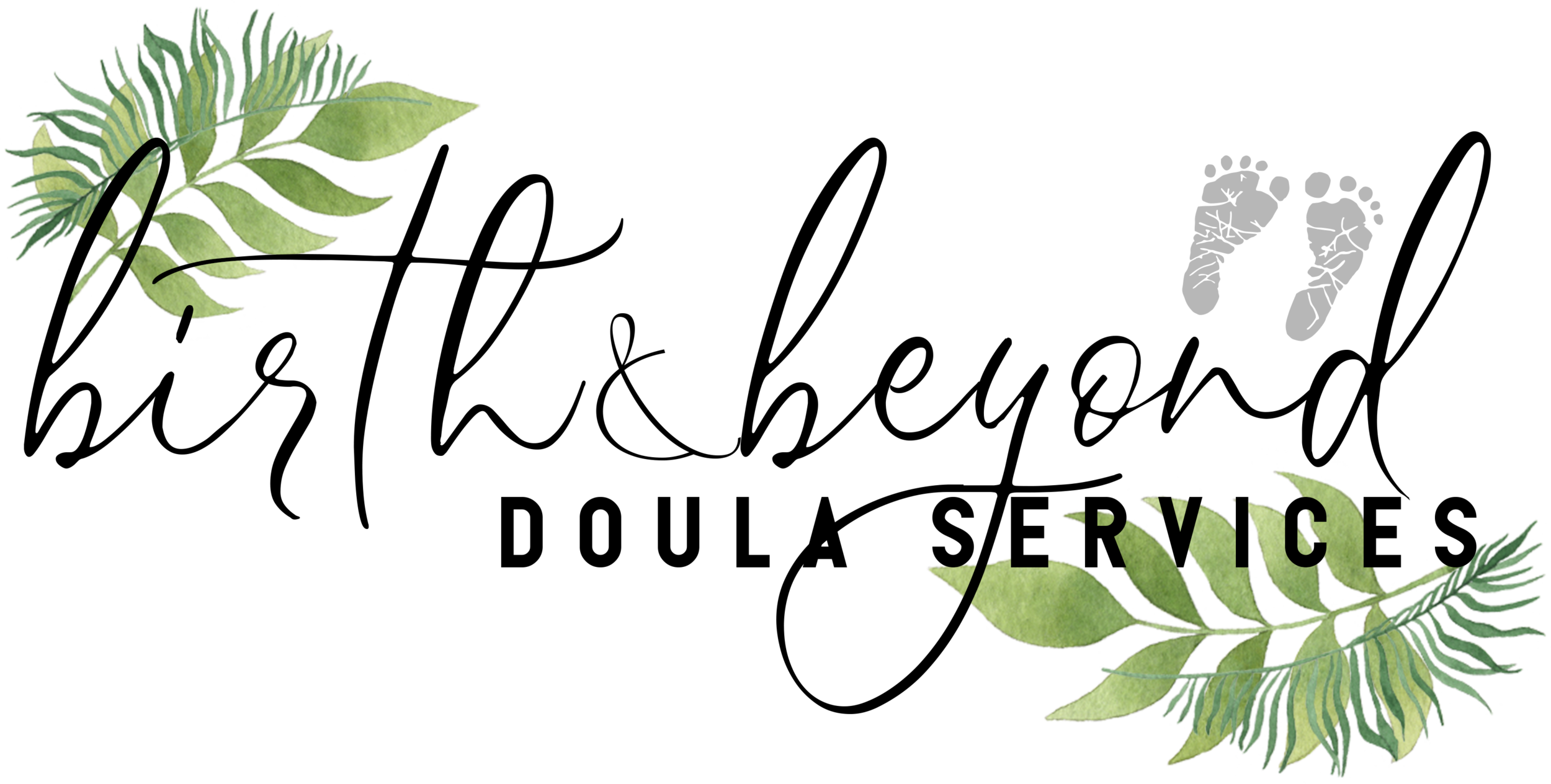8 Ways You Can Honor Your Placenta
Your placenta.
An incredible organ that has nourished your baby and sustained your pregnancy for many months. The filter, barrier, and connection between mother and child. Oxygen was delivered, hormones were produced, and nourishment was given. But once your baby is born, the placenta’s work will be complete, or will it?
The human placenta has been honored in many ways throughout history and around the globe. Indonesians described the placenta as the child’s brother or sister. In ancient Bali, the placenta was thought to reunite with the child upon death. The Javanese believed the placenta became a spiritual protector of both mother and child. Up until the late 18th century, Europeans viewed the placenta as the other half of the child. The way the placenta was treated after birth was thought to impact the child’s life.
Today, the placenta is often discarded as medical waste, or donated to research, which is important for some people.
If you’d like to pay homage to your placenta or utilize it’s anecdotal healing abilities, you have numerous options, a few of which we’d like to share:
1. Burial: In some cultures, it is traditional to bury the placenta. It is common to plant a
tree or shrub on top of the placenta to represent the child’s life. This is a beautiful way
to honor your child and their placenta together.
2. Placenta Encapsulation: The most commonly chosen way to utilize the placenta here
in Raleigh is by having it encapsulated. A Placenta Encapsulation Specialist prepares
and dries the placenta, grinds it into a powder and puts it into capsules to be
consumed by the birthing parent. The prepared placenta has been shown to contain
minerals and hormones that may improve moods, replenish the body, and reduce
recovery time post-birth.
3. Lotus Birth: The placenta is left intact and connect to the baby by the umbilical cord.
It is usually wrapped in muslin and treated with salt and herbs like lavender, nutmeg,
chamomile, or cardamom, to preserve it. It may still be possible to encapsulate and
consume the placenta after a lotus birth, but it will be dependent on how long it takes
for the baby and placenta to separate, climate, temperature, and how well maintained
the salt is around the placenta. If you do not wish to consume the placenta or it is not
appropriate to consume, the placenta may be buried once it has detached from the
baby on its own.
4. Placenta Smoothies: A small piece of placenta is blended into a smoothie with fruit,
yogurt or other ingredients. The placenta may be raw or processed powder from a
capsule. We recommend all consumed placenta be processed following food safety
guidelines to eliminate bacteria that may be present.
5. Placenta Tincture: A small piece of placenta is added to high proof alcohol and left to
infuse for several weeks or months. This preparation will last indefinitely. It may be
used a few drops at a time to manage PMS symptoms, in times of stress, and even to
help with menopause. Tincture preparation is generally sought after as an add on
service to placenta encapsulation.
6. Umbilical Cord Keepsakes: You baby’s umbilical cord can be dried and shaped into a
heart, used to create a dreamcatcher or added to a shadow box. We include an
umbilical cord keepsake with your placenta encapsulation package.
7. Beads and Jewelry: You may have heard of breastmilk jewelry! It’s becoming very
popular and there are some very talented craftspeople making gorgeous pieces with
breastmilk, hair, ashes, and of course placenta!
8. Placenta Art Prints: Food grade dyes are applied to the vein structures of your
placenta creating a stunning and custom tree of life print on high-quality watercolor
paper. We offer this services as a complimentary add on to your placenta
encapsulation package.
What did you do to honor or utilize your placenta?

